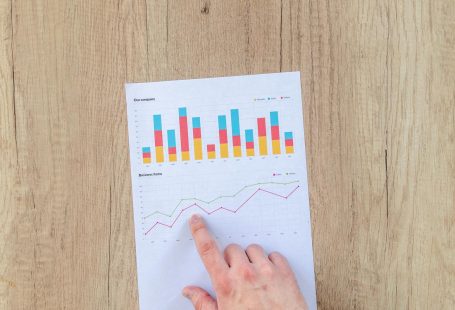Evaluating Your Current Costs
In order to maximize profits through cost-efficient business practices, it is essential to evaluate your current costs. This includes examining all expenses from labor costs, to overhead costs, to material costs. It is important to look at each category of costs to determine what areas need to be improved in order to achieve cost efficiency. It is also important to keep in mind any potential cost-saving strategies that can be implemented in the future.
Identifying Cost-Saving Strategies
Once you have analyzed your current costs, it is time to look for cost-saving strategies. This can include reducing labor costs by increasing productivity, negotiating better prices for materials and services, and streamlining processes. It is important to consider both short-term and long-term strategies in order to maximize your profits.
Implementing Cost-Efficient Practices
Once you have identified cost-saving strategies, it is time to implement them. This can include changes to production processes, changes to purchasing policies, and changes to labor practices. It is important to ensure that any changes you make are cost-effective and do not have a negative impact on your profitability.
Measuring Results and Adjusting Strategies
Once you have implemented cost-efficient practices, it is important to measure the results in order to determine the effectiveness of the strategies. This can include analyzing financial reports and tracking changes in costs. It is important to adjust strategies as needed in order to ensure that your cost-efficient practices are having the desired effect.
By evaluating your current costs, identifying cost-saving strategies, implementing cost-efficient practices, and measuring results and adjusting strategies, you can maximize your profits through cost-efficient business practices. By taking the time to analyze your current costs and identify potential cost-saving strategies, you can ensure that your business is as cost-efficient as possible.





